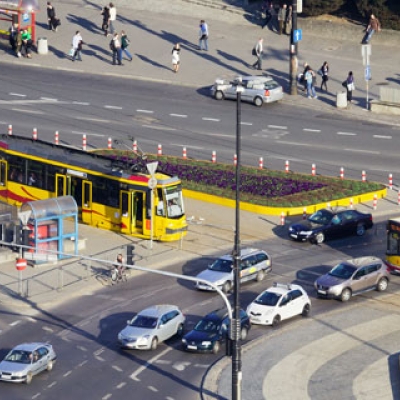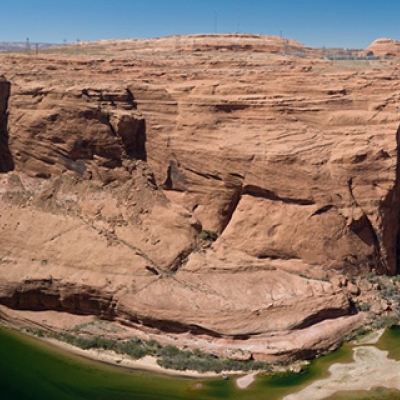
A Few Minutes with Darrin Nordahl
By Jason Leppig / On May 8th, 2012
We had a few minutes with author Darrin Nordahl and asked him his thoughts on how to transform transit.
Island Press: Why are Americans so obsessed with driving?
Darrin Nordahl: Cars deliver a sense of freedom and thrill. The former may only be a perception, as traffic choked streets hardly make one feel liberated. But the thrill of driving is undeniably real.


